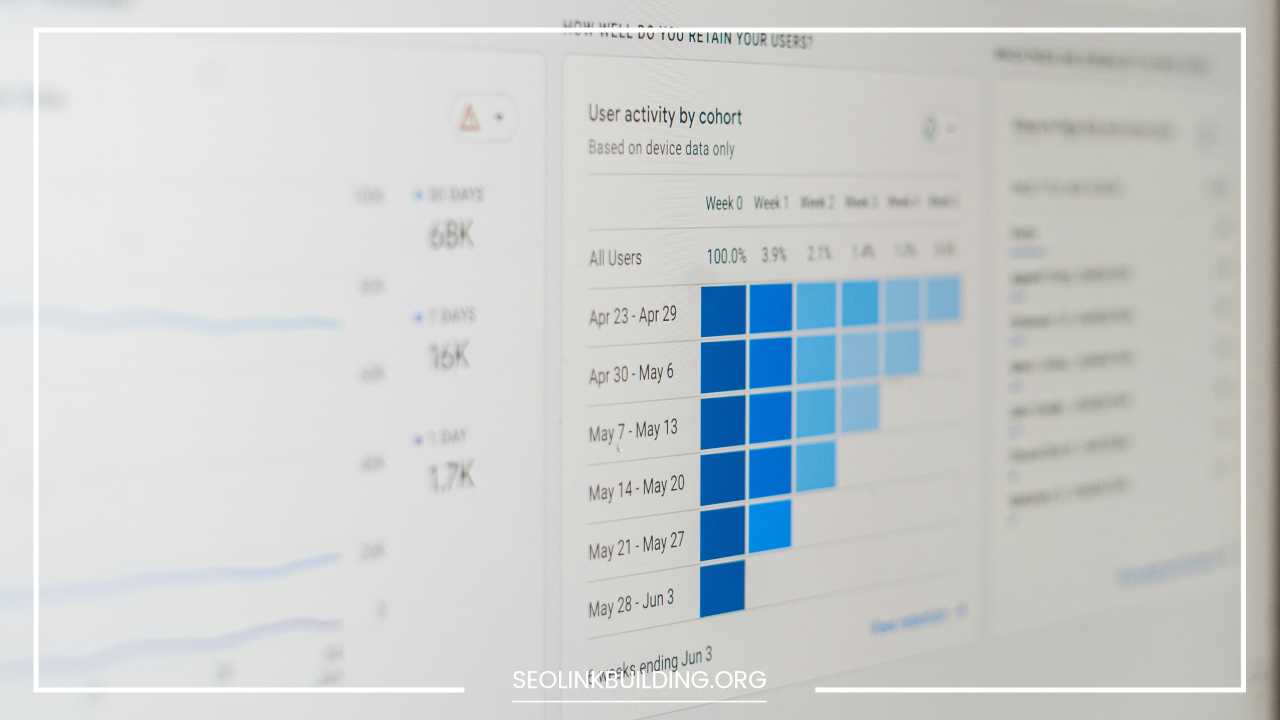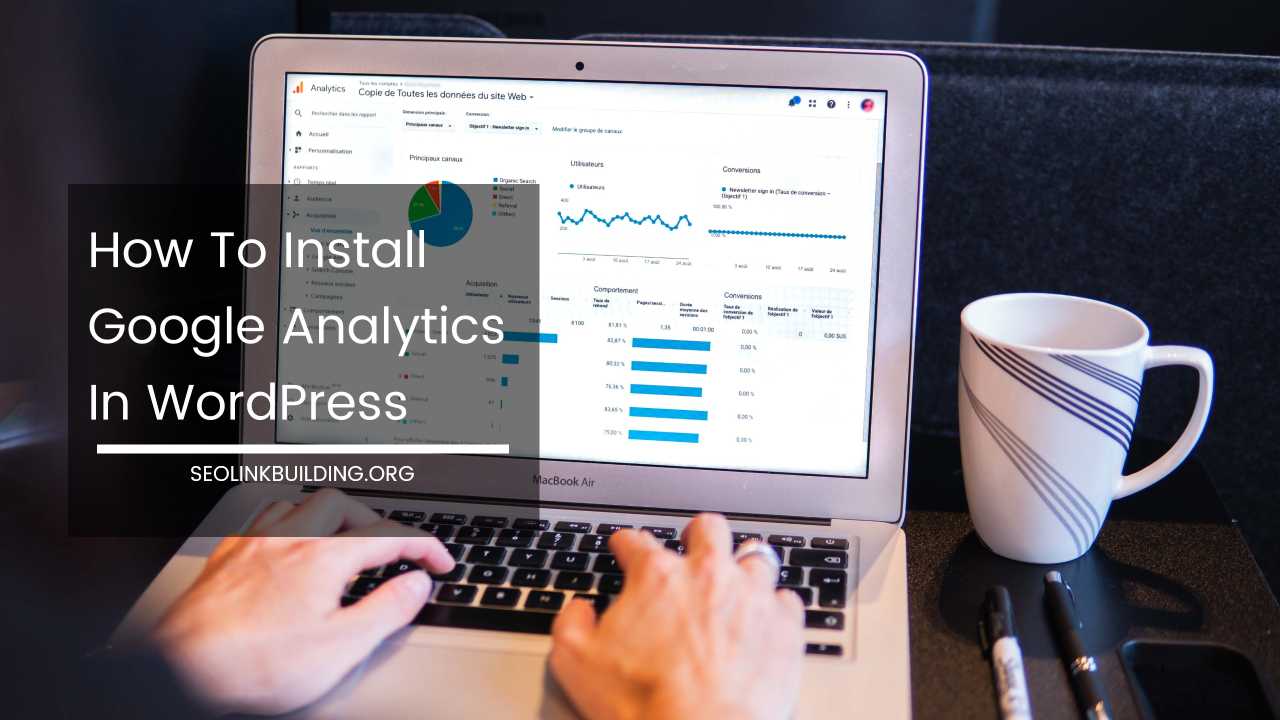SEO Analytics: How to Analyze SEO Analytics for Better Rankings

SEO Analytics
In the ever-evolving world of search engine optimization (SEO), understanding and analyzing SEO analytics is crucial for achieving better rankings on search engine result pages (SERPs).
Analyzing SEO analytics provides valuable insights into the performance of your website and allows you to make data-driven decisions to improve your SEO strategy. In this article, we will explore effective ways to analyze SEO analytics to enhance your website’s visibility and climb up the search engine rankings.
1. Introduction
Understanding the intricacies of SEO analytics is essential for anyone looking to improve their website’s rankings on search engines.
By leveraging the power of data, you can gain valuable insights into your website’s performance, user behavior, keyword rankings, backlinks, and overall SEO strategy.
2. Setting Up Google Analytics
One of the most popular and powerful tools for analyzing SEO analytics is Google Analytics. Setting up a Google Analytics account allows you to track and measure various metrics related to your website’s performance.
By integrating it with your website, you can gather valuable data that will help you optimize your SEO efforts.
3. Key Metrics to Track
To effectively analyze SEO analytics, it’s important to focus on key metrics that provide insights into your website’s performance. The following metrics are crucial for understanding the effectiveness of your SEO strategy:
3.1 Organic Traffic
Organic traffic refers to the number of visitors that reach your website through organic search results. By tracking organic traffic, you can determine how well your website is performing in terms of attracting visitors from search engines.
3.2 Bounce Rate
The bounce rate represents the percentage of visitors who leave your website after viewing only one page.
A high bounce rate could indicate that visitors are not finding what they are looking for or that your website’s content is not engaging enough. Analyzing bounce rates can help you identify areas for improvement.
3.3 Conversion Rate
The conversion rate measures the percentage of visitors who take a desired action on your website, such as making a purchase, filling out a form, or subscribing to a newsletter.
Tracking the conversion rate allows you to evaluate the effectiveness of your SEO efforts in terms of driving desired user actions.
3.4 Keyword Rankings
Monitoring your website’s keyword rankings is crucial for understanding how well your SEO strategy is performing. By tracking keyword rankings, you can identify which keywords are driving traffic to your website and make adjustments accordingly.
4. Analyzing User Behavior
Understanding how users interact with your website is key to optimizing your SEO strategy. Analyzing user behavior can provide insights into what is working well and what needs improvement. The following metrics help in analyzing user behavior:
4.1 Page Views and Time on Page
Tracking the number of page views and the average time visitors spend on each page can give you an indication of how engaging and valuable your content is.
Pages with high views and longer time on page may indicate that visitors find the content relevant and engaging.
4.2 Click-Through Rates (CTRs)
Analyzing CTRs helps you understand how well your website’s pages are performing in search engine result pages.
By monitoring CTRs, you can identify opportunities to optimize title tags and meta descriptions to attract more clicks.
4.3 Exit Pages
Exit pages are the last pages users visit before leaving your website. By analyzing exit pages, you can identify potential issues that cause visitors to leave and make improvements to keep users engaged and on your website longer.
5. Analyzing Keywords
Keywords play a crucial role in SEO, and analyzing their performance is essential for optimizing your website’s rankings. The following strategies can help you analyze keywords effectively:
5.1 Keyword Performance
Monitoring the performance of your target keywords allows you to assess their effectiveness in driving organic traffic.
By analyzing the performance of keywords, you can identify which ones are performing well and which ones need improvement.
5.2 Keyword Ranking Changes
Tracking changes in keyword rankings over time provides insights into the impact of your SEO efforts. By monitoring ranking changes, you can identify trends and adjust your strategy accordingly.
5.3 Keyword Research
Regular keyword research is vital for staying ahead of the competition. By identifying new keywords with high search volumes and low competition, you can uncover opportunities to attract more organic traffic.
6. Monitoring Backlinks
Backlinks are an essential element of SEO, and analyzing them can provide insights into your website’s authority and credibility. The following strategies help you effectively monitor backlinks:
6.1 Backlink Quantity and Quality
Monitoring the quantity and quality of backlinks to your website is crucial for understanding your website’s authority in the eyes of search engines.
Aim for acquiring high-quality backlinks from reputable websites to improve your SEO rankings.
6.2 Anchor Text Analysis
Analyzing the anchor text used in backlinks helps you understand how other websites are linking to your content. Diversifying anchor text and ensuring it aligns with your target keywords can positively impact your SEO efforts.
6.3 Competitor Backlinks
Analyzing backlinks of your competitors can provide insights into their SEO strategy. By identifying their most valuable backlinks, you can develop a plan to acquire similar links and improve your own website’s rankings.
7. Analyzing Website Performance
The performance of your website directly affects its visibility and rankings on search engines. Analyzing website performance helps you identify areas for improvement and optimization. Consider the following factors:
7.1 Page Load Speed
Optimizing your website for fast page load speeds is crucial for providing a positive user experience. Slow-loading pages can lead to higher bounce rates and lower search engine rankings.
7.2 Mobile-Friendliness
With the increasing number of mobile users, having a mobile-friendly website is essential for SEO. Analyze your website’s mobile performance and ensure it provides a seamless experience across different devices.
7.3 Indexing and Crawlability
Search engines need to crawl and index your website effectively to include it in search results. Analyze your website’s indexing status and ensure that search engines can access and understand your content.
8. Utilizing SEO Tools
Several SEO tools can aid you in analyzing and optimizing your website’s performance. These tools offer valuable data and insights to enhance your SEO strategy. Consider the following tools:
8.1 Google Search Console
Google Search Console provides essential data on your website’s performance in Google search results. It offers information on search queries, indexation status, and potential issues affecting your website’s visibility.
8.2 Moz
Moz offers a suite of SEO tools that can help you with keyword research, link building, and on-page optimization. Their metrics, such as Domain Authority, provide valuable insights into the strength of your website’s SEO.
8.3 SEMrush
SEMrush is another powerful tool for analyzing your website’s SEO performance and gaining insights into competitors’ strategies. It offers comprehensive keyword research, backlink analysis, and position tracking.
9. Making Data-Driven Decisions
Analyzing SEO analytics is not just about gathering data; it’s about using that data to make informed decisions to improve your website’s SEO. Consider the following steps:
9.1 Identifying Strengths and Weaknesses
By analyzing the data, identify the areas of your website that perform well and the ones that need improvement. Focus on capitalizing on your strengths and addressing your weaknesses.
9.2 Developing an Action Plan
Based on your analysis, create a comprehensive action plan to enhance your website’s SEO performance. Set clear and achievable goals and outline the steps needed to reach them.
9.3 A/B Testing
Implement A/B testing for changes you make to your website. This allows you to compare the performance of different versions and choose the one that yields the best results.
10. Conclusion
Analyzing SEO analytics is an essential part of any successful SEO strategy. By understanding the performance of your website, user behavior, keywords, backlinks, and website performance, you can make data-driven decisions that improve your search engine rankings.
Remember to stay updated with the latest SEO trends and regularly analyze your website’s data to stay ahead of the competition.
FAQs
What is the significance of organic traffic in SEO?
Organic traffic indicates the number of visitors who find your website through search engine results without any paid promotions. It is essential because it reflects the effectiveness of your SEO efforts in attracting relevant visitors.
How can I improve my website’s bounce rate?
To improve bounce rates, focus on creating engaging and relevant content, improve website navigation, and ensure fast-loading pages. Providing value to visitors will encourage them to explore more of your site.
What role do backlinks play in SEO rankings?
Backlinks serve as “votes of confidence” for your website. Search engines view quality backlinks from authoritative sources as a sign of trustworthiness, positively impacting your rankings.
How frequently should I analyze my website’s SEO data?
Regular analysis is crucial to monitor performance and make necessary adjustments. Aim to analyze your website’s SEO data at least once a month to stay on top of changes and trends.
Is mobile-friendliness essential for SEO?
Yes, mobile-friendliness is crucial for SEO. With the growing number of mobile users, search engines prioritize mobile-friendly websites for better user experience and rankings.













